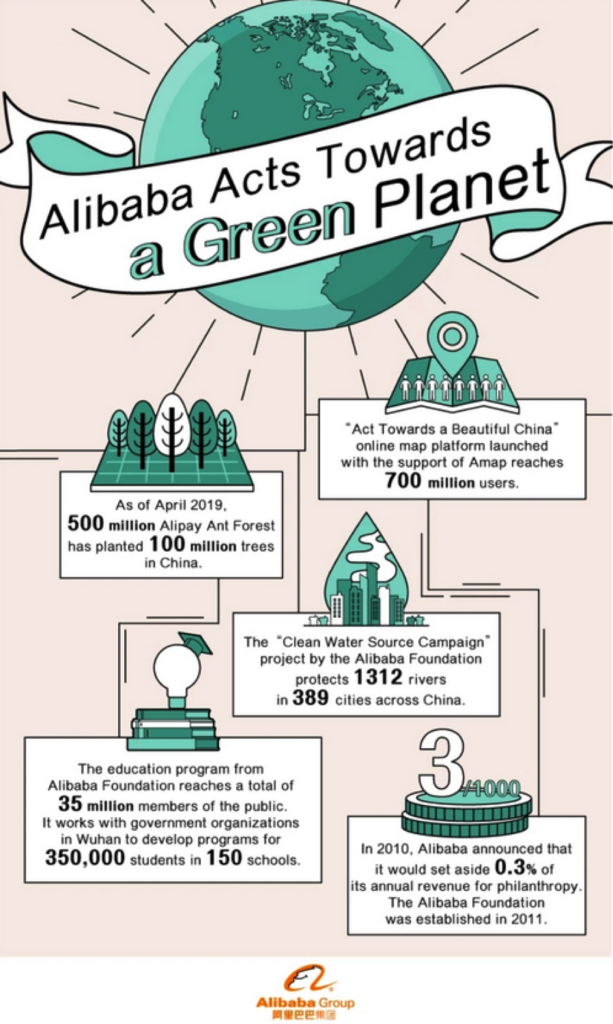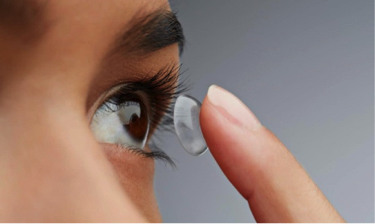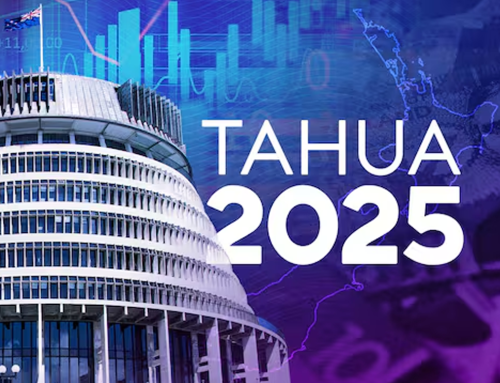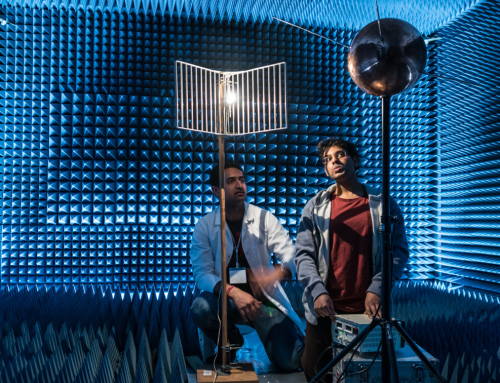How Alipay Users Planted 100M Trees in China
Alibaba’s Alipay (one of China’s two dominant mobile payment platforms) has enabled users to plant 100 million trees to date via its “Ant Forest” mini-program. Since the program’s launch in 2016, over 500 million Alipay users have joined, earning “green energy” points in exchange for eco-friendly decisions, such as walking to work, using Dingtalk to hold video conferences (instead of commuting to meetings), or recycling old possessions on Alibaba’s secondhand marketplace Idle Fish. Trackable through leaderboards, these green energy points can then be used to plant trees in China’s most arid regions. So far, Alipay’s partner NGOs have revegetated 933 square kilometres of land — the rough equivalent of 130,000 soccer fields. Alipay even allows users to track satellite images of their trees in real-time and collaborate with friends.
Why it’s important: Announced in 1978, China’s “Green Great Wall” project aims to plant 400 million hectares of new forests (spanning 42 percent of China’s landmass) by 2050. Alipay’s ‘crowd’-planted trees not only comprise a growing carbon sink, offsetting China’s high emissions, but also aid in building this 4,500-kilometre ecological barrier to combat land degradation. Over the past 20 years, China and India have contributed one-third of the planet’s increased foliage, and crowd-leveraging programs like Ant Forest are fast reducing the barrier to participation. By gamifying “green” behaviour and offering real-world prizes, mobile platforms hold an extraordinary power to incentivise sustainable decision-making, reshape communal mindsets, and catalyse climate solutions.

Researchers Say This AI Can Spot Unsafe Food on Amazon Faster Than the FDA
Researchers at Boston University School of Public Health have successfully trained an AI to spot unsafe food items potentially in need of recall. Aggregating nearly 1.3 million Amazon food product reviews, the team’s neural network found matches between a subset of these products and prior U.S. FDA-recalled items. The researchers’ deep learning AI, a Bidirectional Encoder Representation from Transformations (dubbed BERT), was then taught to identify language in online reviews that could confirm a food’s safety status and aid in risk stratification. Using crowd-sorted reviews, BERT AI consequently distinguished which food products had been officially FDA-recalled with 74 percent accuracy, and even managed to predict a similar fate for 20,000 additional products, now candidates for recall.
Why it’s important: Predicting and mitigating risk before losses are incurred is one of the most profitable business opportunities of the next decade. Leveraging e-commerce data, BERT’s ability to scour massive databases and classify products by risk serves as a prime example, unlocking countless implications. Regulatory processes (think: FDA recalls) can now become much more efficient as products are instantaneously flagged, bypassing a recall’s costly research phase. Within supply chain monitoring, AIs might continuously analyse real-time employee and user feedback to identify supply chain bottlenecks and inefficiencies. For end consumers, future iterations of BERT could even crowdsource decisions for quality control and assurance, as well as concise supplier feedback. Knowing your customer and listening to the data will never have been easier.
Samsung’s Patented ‘Smart’ Contact Lenses

Samsung has just been granted a U.S. patent to develop smart contact lenses capable of streaming text, capturing videos, and even beaming images directly into a wearer’s eyes. Given their multi-layered lens architecture, the contacts are designed to include a motion sensor (for eye movement tracking), hidden camera, and display unit. Current lens designs would even theoretically allow users to control their devices remotely, possibly administering commands by blinking or navigating a user interface with eye movements alone.
Why it’s important: While still immersed in the R&D phase, smart contact lenses are projected to comprise a $7.2 billion market by 2023. Perhaps one of the most promising candidates for a future of ubiquitous augmented reality, smart lenses are also increasingly feasible thanks to advances in sensor technology. Riding implications of Moore’s Law, smart sensors (and what some have dubbed “smart dust”) have shrunk dramatically in size, and could one day record and transmit everything from lens-wearers’ audiovisual experiences to auto-populated contextual information. Keep an eye out (no pun intended) for Google’s response as it works on its own smart lens revamp of the Google Glass.






